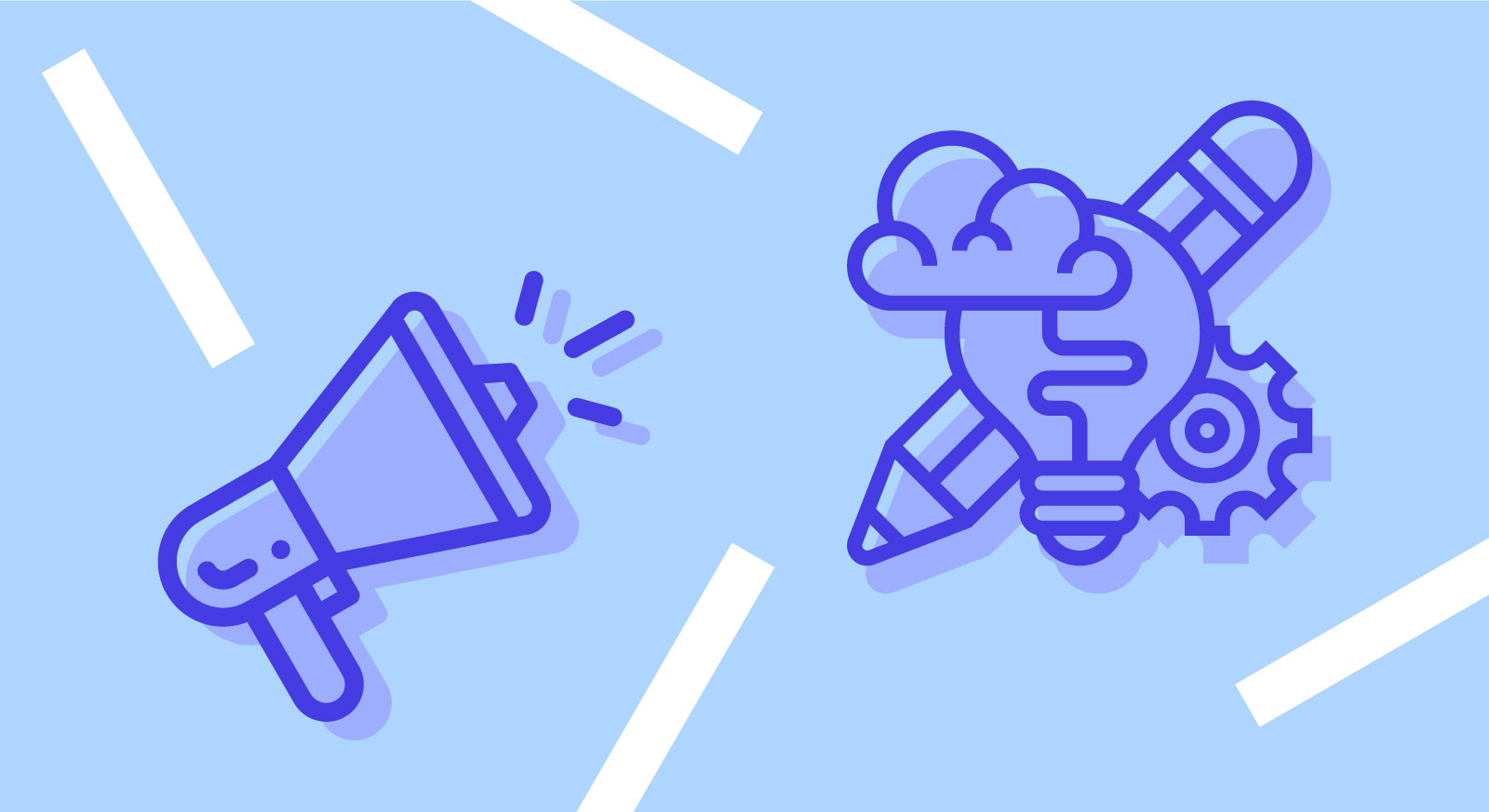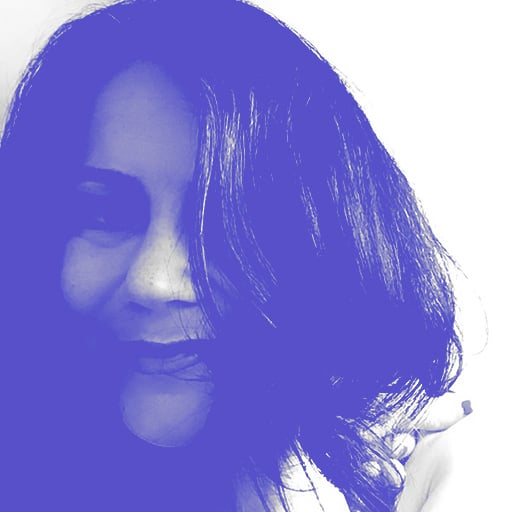How does one gain content design experience in their communications role?
Content design is a profession in its early days. As such, many practitioners have come to content design from past careers in journalism, editing, copywriting, technical writing, communications, media relations, and marketing.
If you’ve built your career on your skill with words and communicating ideas, content design could be your next step. But to secure a content design job you may need to gain new experience and present your transferrable skills in a new way.
This blog is for communications professionals at any stage of their career interested in becoming a content designer. We’ll discuss how to build content design experience in your current role by applying human-centred design to your day-to-day responsibilities.
What do Content Designers do?
To get a good idea of what a content design role involves, you can browse the gov.uk site for detailed content design job descriptions and follow #contentdesign on Twitter for daily insights into content designers’ work.
Content design suits skilled communicators who are interested in:
- user journeys and experience
- design innovation
- solving problems
- Agile working.
Salaries vary between markets and are comparable to UX designer pay. In some sectors and parts of the world, we might be the first content designers anyone has worked with. It’s a challenge and an opportunity, as Bumble’s Head of Content Candi Williams describes in this 2020 interview.
Here are three ways to build your experience by using content design skills in a communications job.
1. Work toward shared objectives with content designers
If you work in a company that has a content design or user experience (UX) team, talk about your shared priorities. You’re probably working toward similar objectives. Those might include:
- improved accessibility
- consistent tone of voice
- reputation management.
If, for example, they are doing work on digital accessibility, find out how you can help and how accessibility will help you to reach your own objectives. If they’re doing user research, find out how you can get involved and what you can contribute.
If you share an objective or responsibility, decide on a problem you can solve together, or a better way to manage a workflow. If your ways of working are very different or if you have limited decision making power, start with something simple. Later, you can collaborate on more complex projects.
In the meantime, you’ll build productive, trusting relationships with content designers and other colleagues in design and tech. And you’ll gain deeper audience insight.
2. Learn to write user stories
User stories and job stories are evidence-based ways of showing what a person wants or needs to achieve. They’re an important part of a content design skillset.
Let’s say you work in internal communications. Your company is merging two directorates and it’s your job to tell your colleagues about the process. Most of the comments on a recent town hall were about job security. So, a user story might look like this:
- As an employee
- I need to know whether my job is at risk
- So I can decide whether to apply for jobs elsewhere.
If you’re in media relations, a user story might look like this:
- As a journalist from X news site in X location
- I want to know about the way a recent political change is affecting international mobility
- So I can write features that are relevant to my readers.
In both cases, you prioritise work that helps the user:
- an employee
- a journalist.
Get what they need from you:
- to know whether their job is at risk
- to know about the way a recent political change is affecting international mobility.
...so they can achieve what they need to achieve:
- decide whether to apply for jobs elsewhere
- write features that are relevant to readers.
A user story helps you prioritise your resources and build trust in your brand. You can refer to it if your approach isn’t working, gather and analyse more evidence, and take a new approach.
It’s also useful for stakeholder management. You can use your evidence-based user story as a proof point when under pressure to take an approach that won’t meet the user need.
3. Take a human-centred approach to crises and reputation management
You’re probably already doing this, in whole or in part. But thinking of crisis and reputation management through the lens of human-centred design will help you present your skills as transferable.
Instead of making decisions based on what we want our audience to know, feel and do, ask these questions:
- What does your audience need to know right now?
- What do they need to do?
- How do they feel right now?
Gather the evidence – quantitative and qualitative – that you need to answer those questions from:
- social media
- search trends
- washup notes from similar crises or reputational issues.
You can do this in short work cycles with your team, depending on the pace and level of the crisis.
Brands that think of their audience’s needs first during a crisis tend to have a better outcome. The MediaFirst blog has excellent examples, including how to apologise well and how to make written information understandable.
And by using human-centred principles in your crisis and reputation management, you’re building solid evidence of your transferable skills.
Join Us
Want to learn more?
We’re looking for content designers to join our talented team. You can check out our vacancies here.
If you're curious about our culture, how we work, or would just like to learn more about the role of a content designer, get in touch for an informal conversation at careers@bjss.com.
Links
Miriam took part in a panel discussion at the Perspectives content design career festival. A recording of the talk, Landing your first role in content design, is available on the website.



